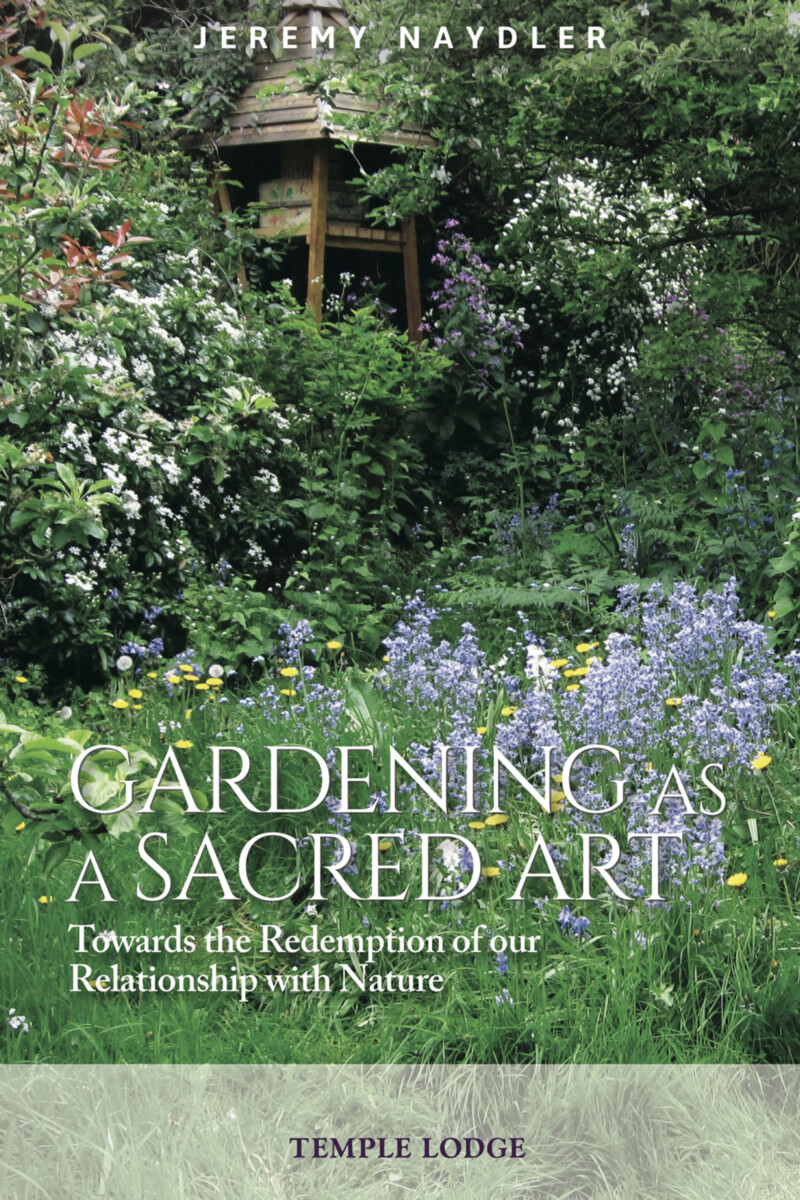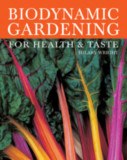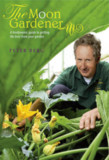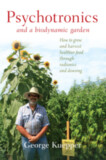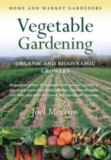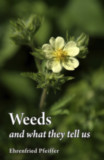Gardening as a Sacred Art
Towards the Redemption of our Relationship with Nature
- Publisher
Temple Lodge Publishing - Published
15th July 2021 - ISBN 9781912230778
- Language English
- Pages 120 pp.
- Size 6" x 9"
“It is certainly a tension that runs through the history of gardening. The tension is between the extent to which we feel that the garden belongs to nature, and the extent to which we feel it belongs to us and is an expression of our own creative genius (or lack of it). Just because a garden exists within a polarity, which has on the one side nature and on the other the human ego, historically the attitude of gardeners toward their gardens has inclined either toward laissez faire stewardship, or (when taken to its extreme) toward the exercise of total domination.”
This beautifully illustrated book presents a history of our relationship with nature, beginning with the civilizations of ancient Egypt and Mesopotamia—when gardens served as “the dwelling place of the gods.” Tracing this history through subsequent epochs, the author shows how human awareness of the divine presence in nature was gradually eclipsed. As nature came to be viewed primarily as a physical resource to be controlled and exploited by us, this was reflected in the ordered, rational designs imposed on such gardens as Versailles.
Today, gardening has come to be seen less as an instrument of control and more as an art in its own right that enhances nature’s inherent beauty. Jeremy Naydler suggests that the future of gardening lies in its being regarded not as just an art but more as a sacred art that once again honors and works with the spiritual dimension intrinsic to nature.
“Many people feel that the possession of a garden gives them not only the opportunity but also the right to impress their own designs upon the little bit of nature that has become their responsibility. Such designs will express their own or their family’s needs and desires, and thereby they feel the garden’s main purpose is fulfilled. For others, however, the garden provides an opportunity to attune to nature and to follow nature’s lead in matters of garden management and aesthetics. If we think in this way, then it is not simply a question of impressing our own designs on nature, but rather of working with the spirit of the place so as to bring it to fuller expression thorough the decisions we make.”
Gardening as a Sacred Art is illustrated in color throughout.
C O N T E N T S:
Introduction: A Tension Unresolved
Chapter 1: The Garden in Antiquity
The garden in ancient Egypt
The garden in ancient Greece
The Roman garden
Chapter 2: The Garden in the Middle Ages
The paradise garden
The medieval view of nature
The symbolism of the enclosed garden
Chapter 3: From the Renaissance to the Eighteenth Century
The birth of the perspectival consciousness
The formal garden revived
The landscape garden
Chapter 4: The Gardener as Artist
The nineteenth century
Gertrude Jekyll
William Robinson
Chapter 5: Gardening as a Sacred Art
The guiding light of Monet
The garden as icon
Illustration Sources
Bibliography
Notes
Index
Jeremy Naydler
Jeremy Naydler, PhD, holds a doctorate in theology and religious studies, and is a philosopher, cultural historian and gardener who lives and works in Oxford, England. He has long been interested in the history of consciousness and sees the study of past cultures—which were more open to the world of spirit than our own, predominantly secular, culture—as relevant both to understanding our situation today and to finding pathways into the future. His longstanding concern about the impact of electronic technologies on our inner life and on our relationship to nature has found expression in numerous articles contributed to magazines such as New View, Self and Society,and Resurgence.


